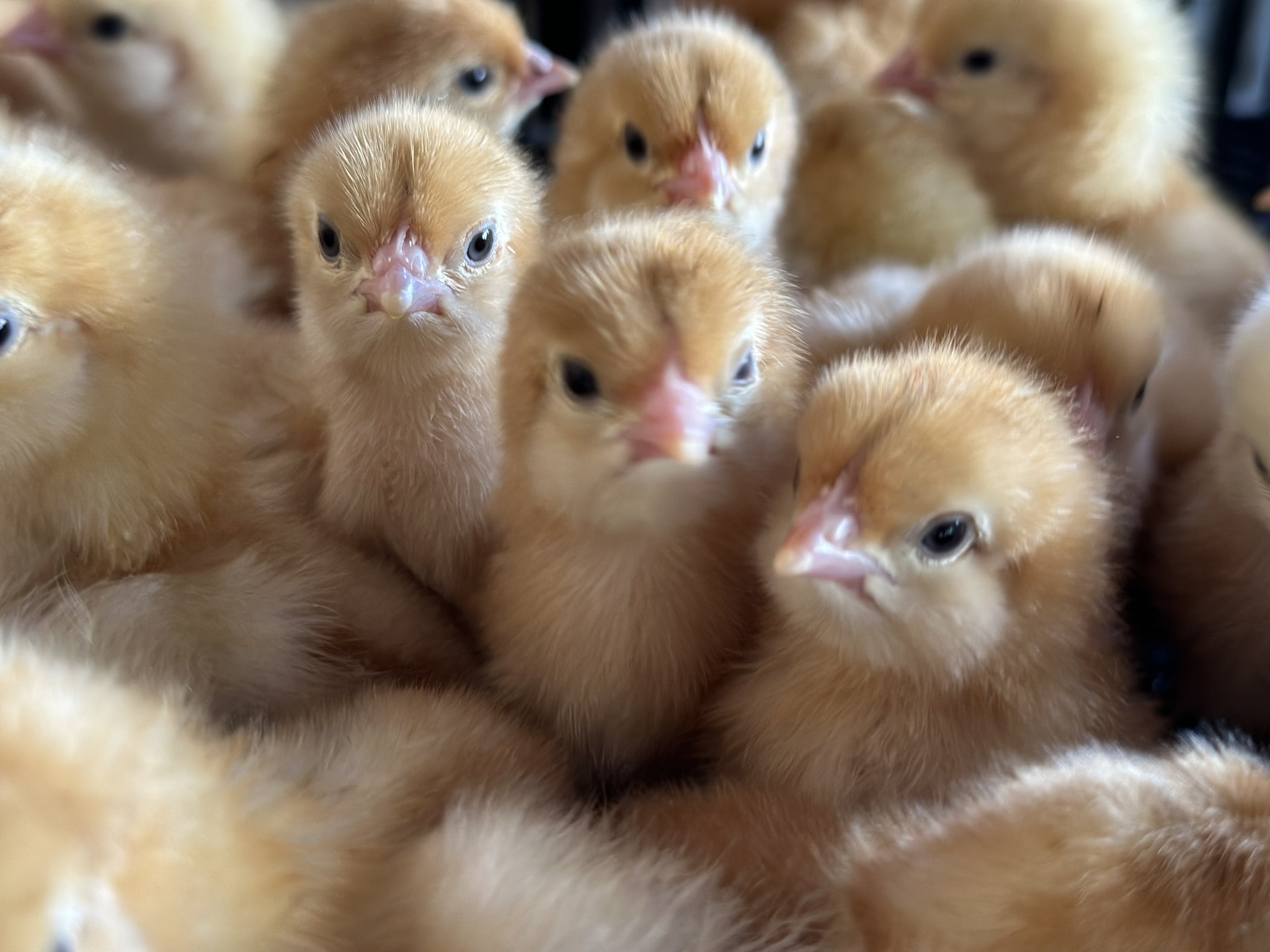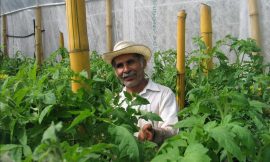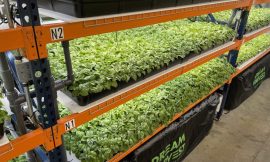Editor’s Note: Across Africa, poultry diseases significantly inhibit productivity for poultry farmers, with access to vaccines remaining uneven. As donor-backed programmes that are working to address this challenge wrap up, sustaining smallholders’ access to vaccines will be key to building resilient poultry systems for the continent.
The power of poultry to boost development in Africa is well known. Cheap to buy and quick to rear, chickens offer small-scale livestock producers across the continent – especially women – an opportunity to increase incomes and improve diets for themselves and their families. It is no surprise that an estimated 1 billion of the world’s poorest people depend on poultry for their livelihoods.
However, poultry diseases remain a persistent threat to small-scale chicken production in Africa. In contrast to other parts of the world where poultry production is integrated and dominated by large players who both produce and rear their chicks, Africa’s fragmented value chain presents unique challenges. African poultry farmers are served by small- and medium-sized hatcheries and many of these have not invested in vaccine technology.
Compounding the issue is a lack of farmer awareness regarding the existence and benefits of vaccinated day-old chicks. This lack of demand perpetuates a cycle where smaller hatcheries have no commercial incentive to invest in vaccination technology. As a result, the burden of vaccination falls on the farmers themselves.
Farm vaccination, however, is fraught with challenges. It is technical and requires adherence to a cold chain to ensure vaccine efficacy. Even under optimal conditions, on-farm vaccination typically results in 80 per cent of the flock being vaccinated.
De-risking hatchery vaccination
It seemed like an intractable chicken-and-egg problem: to increase the production of vaccinated day-old chicks in Africa, we need increased demand for them from farmers. But increasing demand requires farmers to buy vaccinated chicks through a better understanding of the value.
Fortunately, we have been able to work on a project that has succeeded in breaking the impasse – one that holds promise for poultry production across the continent. In 2021, Ceva Animal Health teamed with GALVmed , with the support of the Gates Foundation, to implement a game-changing four-year project, PREVENT (Promoting and Enabling Vaccination Efficiently, Now and Tomorrow).
PREVENT used a two-pronged approach to enable medium-sized hatcheries in 11 sub-Saharan African countries to produce high-quality, vaccinated day-old chicks. The funding financed the supply of the necessary vaccination equipment and improved the vaccination facilities, making it financially more accessible for hatcheries to then purchase vaccines. This then enabled Ceva to supply its vaccines to these hatcheries – opening up a major new sector of Africa’s poultry industry.

Crucially, to increase demand for vaccinated chicks, PREVENT also raised awareness of their value among small-scale producers. The project trained 225 field technicians, and of these, 70 field technicians conducted over 20,000 farm visits and held almost 2,000 farmer meetings attended by more than 23,000 women and 20,000 men. As well as highlighting the benefits of purchasing vaccinated day-old chicks, field technicians helped farmers improve their management practices and took samples to better understand circulating diseases and antimicrobial resistance.
Raising farmer expectations with vaccinated chicks
We were delighted – and even a little surprised – to see how effective this approach proved. The sudden increase in farmer demand for vaccinated chicks encouraged a rapid shift in small- to medium-sized hatcheries. Between 2021 and 2025, 37 hatcheries in 11 countries produced 202 million day-old chicks thanks to the project. Of these, 90 per cent – 182 million chicks – were vaccinated, with a total of 494 million vaccine doses administered. This has created a net economic benefit of $43 million over the course of the project.
But these numbers, as impressive as they are, do not tell the full story. By increasing the availability and accessibility of fully vaccinated day-old chicks, and by raising smallholder awareness of their value, PREVENT has achieved a fundamental and permanent shift in farmer understanding and expectations in the countries where it operated. Small-scale poultry producers are no longer willing to settle for unvaccinated chicks.
This new attitude has laid the foundations for a prosperous, self-sustaining and increasingly competitive vaccine market that reaches small-scale producers and reduces vaccine inequality. With PREVENT now coming to a close, we are happy that this legacy will ensure day-old vaccinated chicks continue to reach poultry farmers without the need for additional donor funding.
“PREVENT is a good example of collaboration between parties where the vision was not only realised, but surpassed,” says Dr Pierre-Marie Borne, Senior Public Affairs at Ceva Santé Animale, who was the pioneer of PREVENT and saw the vision of how hatchery vaccination had the potential to impact poultry businesses and millions of small-scale producers across Africa.
Boosting smallholder livelihoods
And it is these poultry farmers who are now leveraging PREVENT’s achievements for their own empowerment and commercial success. “The results have been so good – it has added to my profits because I no longer have losses as before,” says Victoria Oladijiri, a poultry farmer from Nigeria who switched to purchasing vaccinated chicks as a result of PREVENT. “I use the profits for provisions at home and for so many other good things.” Other farmers to benefit from PREVENT have reported similar positive changes.
As PREVENT comes to an end, it is our hope that stories like Victoria’s will become the norm throughout Africa, as a thriving vaccines market breaks down the vaccine inequality that has for too long held back the development potential of poultry. We believe the project’s model of de-risking investment in smaller hatcheries, while increasing farmers’ understanding and expectations, holds promise across the continent – both in poultry and even other animal production sectors.
Cover Image from GalvMed.





